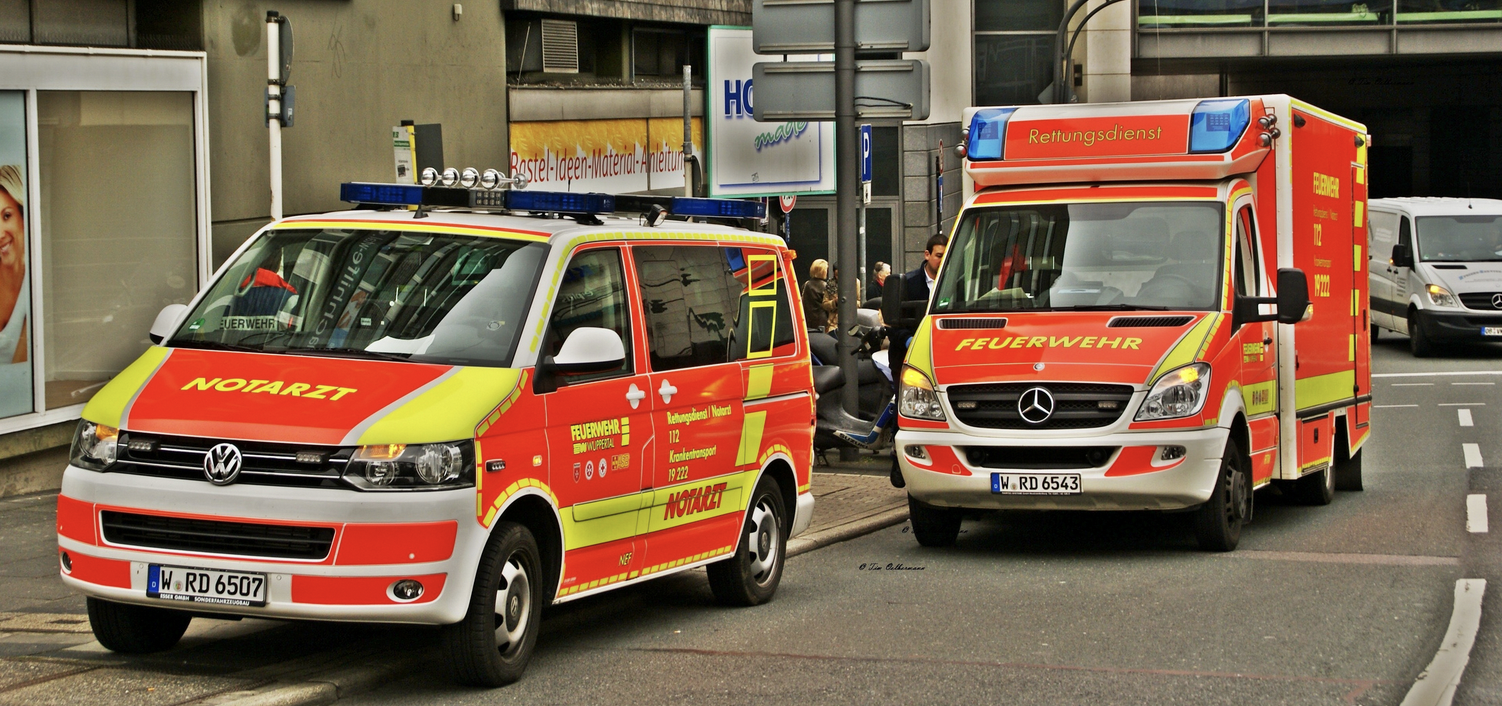The Institute for Emergency Medicine and Medical Management of the University of Munich Hospital has prepared a comprehensive study on the Bavarian emergency doctor service on behalf of the Bavarian Ministry of the Interior (Emergency Doctor Study 2021). “The most important result is: The comprehensive provision of the Bavarian population with emergency medical services is ensured,” emphasised Bavaria’s Interior Minister Joachim Herrmann. Herrmann particularly emphasised that Bavaria has the highest density of rescue helicopters nationwide and is also pursuing innovative approaches to ensure optimal patient care. As an example, the Minister of the Interior mentioned the introduction of the tele-emergency doctor. By means of telemedicine, additional expert knowledge can be accessed in real time via video transmission at the scene and in the ambulance. “In addition, the rescue service association Regensburg is currently testing the ‘rescue operation vehicle’ on our behalf as a new means of deployment for less severe cases in order to relieve the emergency doctor and ambulance,” Herrmann added.
As the Minister of the Interior explained, the study provides suggestions for the responsible ‘Zweckverbände für Rettungsdienst und Feuerwehralarmierung’ (ZRF) and the Kassenärztliche Vereinigung (KVB) to further develop the provision of emergency doctors in Bavaria. It is the joint task of the 26 ZRFs and the KVB to ensure the emergency doctor service.
An essential part of the study was the analysis of the existing emergency physician structures in Bavaria: From 2011 to 2021, the number of emergency physician locations in Bavaria increased from 222 to 229. With regard to the development of the number of operations, the study was based on the data from 2010 to 2019. The total number of annual emergency incidents rose by 44.1 per cent across Bavaria during this period to 1,074,640 in 2019, of which 426,670 involved emergency physicians (+10.8 per cent compared to 2010). In 92.8 per cent of cases in 2019, the emergency physician reached the scene within 15 minutes from the time of the alert, and in 98.4 per cent of cases within 20 minutes.
With regard to downtimes in the staffing of emergency doctor locations, Herrmann explained that due to the very dense coverage in Bavaria, if an emergency doctor location is temporarily unmanned, patients are cared for via the neighbouring location or, in cases of particular urgency, via the excellently developed air rescue system. In addition, the ambulance is designed as the first-arriving rescue vehicle. The locations, number and equipment of the rescue stations in the ground-based emergency rescue system are to be dimensioned in such a way that 80 percent of the emergencies in a service area can be reached by a qualified rescue vehicle within a maximum travel time of twelve minutes. Herrmann: “Shortfalls in the staffing of emergency doctor locations are therefore not to be equated with deficits in the care of patients. In Bavaria, emergency care continues to be excellent.”
The Minister of the Interior pointed out that the compilers of the emergency doctor study have developed a planning scenario based on the results of the analysis of the current situation. This also takes into account the use of tele-emergency doctors. “As a scientifically based working aid and recommendation, the emergency physician study can serve as a basis for discussion for local decision-makers to further improve emergency physician care according to local conditions,” Herrmann said. “For this purpose, the Emergency Physician Study 2021 is available to all 26 ZRFs, the KVB as well as the working group of health insurance associations in Bavaria, the Bavarian State Medical Association, the working group of emergency physicians working in Bavaria and the district governments. The planning scenario is not binding.
Construction and industry find it difficult to obtain loans
Ifo Institute survey for June shows increase in banks' reluctance to lend It is not only the order situation for construction and industry that remains difficult, but also financing. According to a new survey by the ifo Institute (https://www.ifo.de), 27.1 per cent of...





